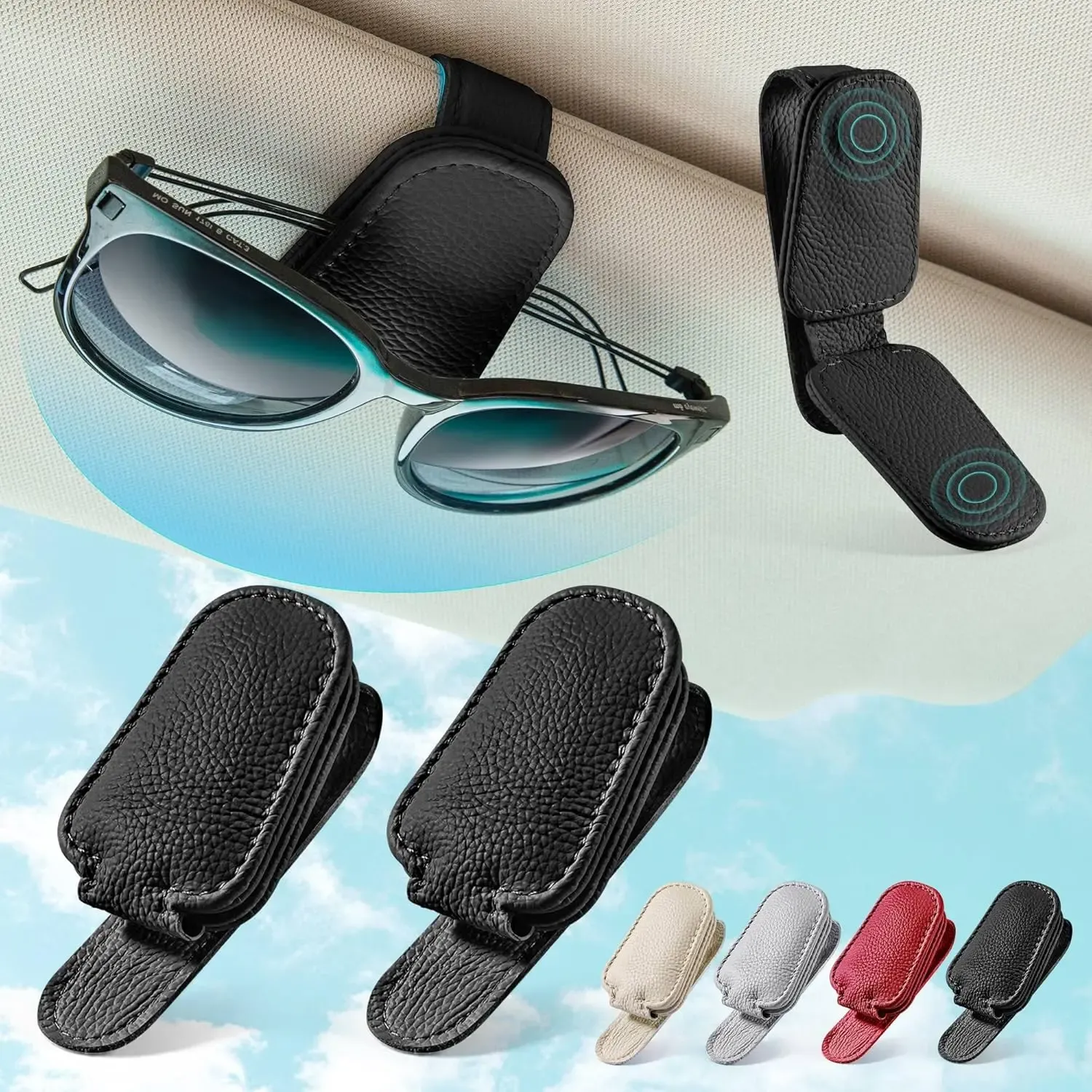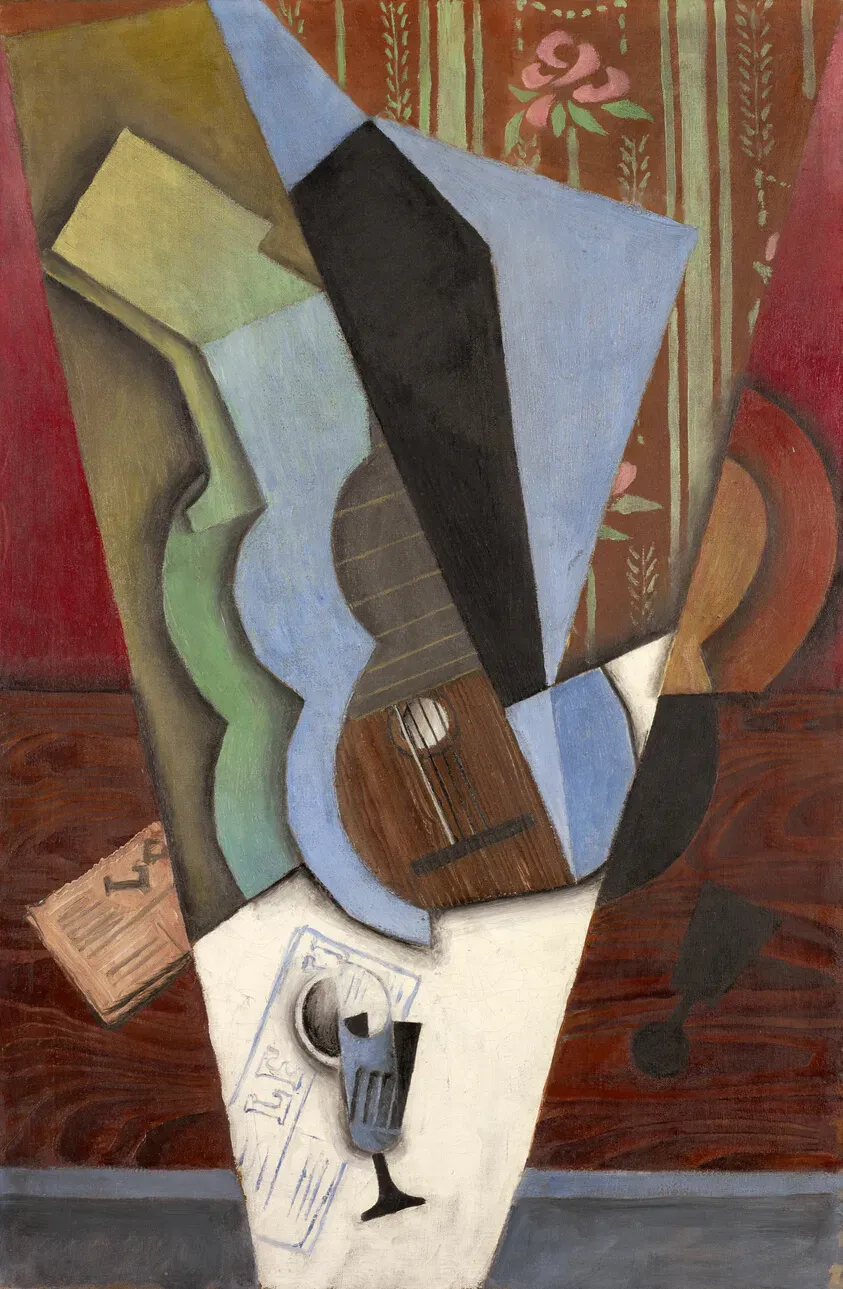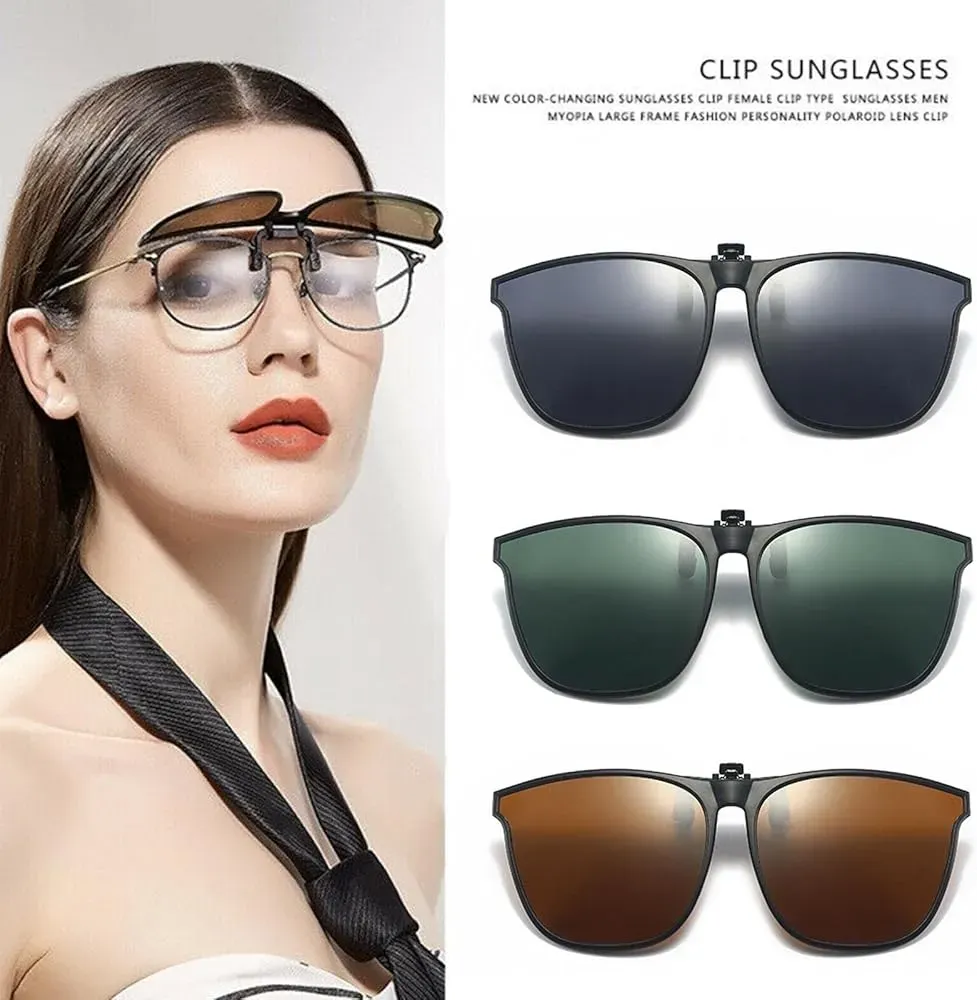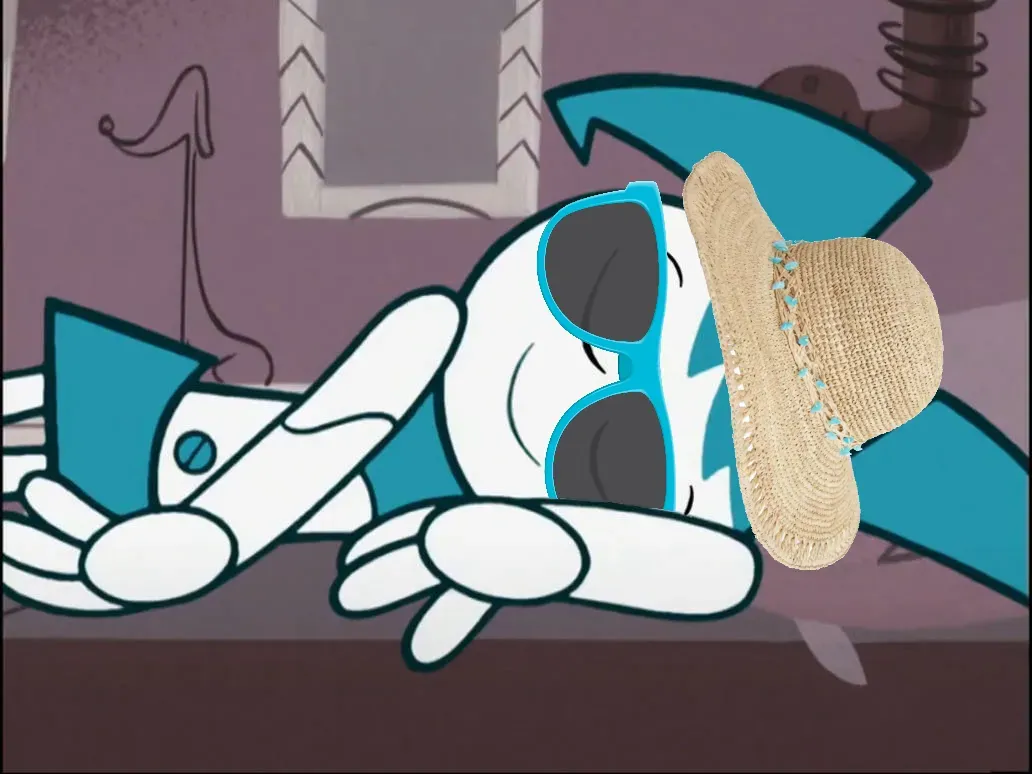Table of Contents
Squinting through sunny days because you wear prescription glasses? It's a common frustration. You need to see clearly, but the sun's glare makes everything a squinty mess. Juggling prescription glasses and bulky sunglasses can feel like a circus act, especially when you just want to enjoy the outdoors or drive safely.
Why Bother with Sunglass Clips for Glasses?
Why Bother with Sunglass Clips for Glasses?
Cost Savings and Pure Convenience
Let's be honest, buying a separate pair of prescription sunglasses isn't cheap. The cost adds up fast when you factor in frames, lenses, and any special coatings. Sunglass clips for glasses offer a straightforward way to get sun protection without breaking the bank. You already have your prescription frames; these clips just add the tinted lens part.
Think about the hassle, too. You're driving, the sun suddenly blasts through the windshield, and you need shades *now*. Fumbling for a different pair of glasses, or worse, trying to swap them out while driving, is impractical and frankly, a bit dangerous. Clips snap on in seconds, making the transition seamless. It's about getting the function you need without the fuss or the hefty price tag.
Versatility and Less to Carry
Many people wear different prescription glasses for different purposes – maybe one pair for reading and another for daily wear. Buying prescription sunglasses for every single pair is overkill. Sunglass clips provide a versatile solution. You can get a few clips and use them across compatible frames, or simply move one clip from your reading glasses to your driving glasses as needed.
Plus, who needs more stuff rattling around in their bag or car? A slim sunglass clip takes up minimal space compared to a bulky sunglasses case. It's a minimalist approach to a common problem. You're not adding another entire accessory; you're adding a functional layer to something you already wear.
- Saves money compared to prescription sunglasses.
- Quick and easy to attach or remove.
- Works with many existing prescription frames.
- Reduces clutter; less bulk than a separate pair.
- Offers instant glare reduction when you need it most.
Protecting Your Peepers
Beyond just reducing glare so you can see the road, sunglass clips for glasses are crucial for eye health. Prolonged exposure to UV rays can contribute to serious eye conditions over time, like cataracts and macular degeneration. Good quality sunglass clips block these harmful rays, just like regular sunglasses.
It’s not just about comfort; it’s about long-term protection. Your eyes need shielding from the sun whether you're at the beach or just running errands on a bright day. Using clips ensures you're not skipping this important step just because you wear prescription lenses. It makes protecting your vision convenient and accessible.
Finding the Right Sunglass Clips for Your Glasses
Finding the Right Sunglass Clips for Your Glasses
Match the Shape, Save the Hassle
Alright, so you're sold on the idea of sunglass clips for your glasses. Great! Now, standing in front of a display (or scrolling online) can feel a bit overwhelming. The first, and probably most important, step is matching the shape of the clip to your existing glasses frames. Seriously, this isn't rocket science, but trying to put a square peg in a round hole (or clip) is just annoying. Look at the shape of your lenses – are they rectangular, oval, round, or something more geometric? The clip-on lens needs to cover your entire prescription lens without hanging off the edges or looking ridiculously small.
Most clips come in standard shapes that mimic common frame styles. You'll find plenty of rectangular and oval options. Some retailers, like sunglasshub.org, even offer guides or filters to help you narrow down choices by shape and size. Don't just eyeball it; measure your lenses if you can, or at least compare the dimensions listed for the clip against your frame size. Getting the shape right ensures the clips look decent and, more importantly, provide full coverage from the sun.
Consider the Clip Mechanism and Lens Type
Beyond shape, how the clip actually attaches matters. There are a few main types. The most common is the spring-loaded bridge clip; you pinch it, position it over your bridge, and release. It's usually pretty secure. Some have small hooks that grip the top of your frame. Others might use magnets, which can be super easy but you need magnetic-compatible frames or a special adapter. Think about how often you'll be taking them on and off and what feels easiest and most stable for your specific frames.
Then there are the lenses themselves. Are you just worried about brightness? A standard tinted lens works fine. Want to cut down on blinding glare from water, snow, or roads? You need polarized lenses. These cost a bit more but make a huge difference in reducing eye strain and improving visibility in bright conditions. Check if the clips offer UV protection too – that's non-negotiable for eye health.
Things to Check Before Buying Sunglass Clips:
- Do they offer 100% UV protection?
- Is the shape a good match for your frames?
- What type of clip mechanism is used (spring, hook, magnetic)?
- Do you need polarized lenses?
- What are the dimensions of the clip lenses?
- Will they scratch your prescription lenses or frames? (Look for padded clips).
Making the Most of Your Sunglass Clips for Glasses
Making the Most of Your Sunglass Clips for Glasses
Keep 'Em Clean, Keep 'Em Clear
So you've got your sunglass clips for glasses, they fit great, and you're blocking that sun. Awesome. But like anything you use daily, they're going to get dirty. Smudges, fingerprints, maybe a rogue splash of coffee – it happens. Dirty clip lenses are just as bad as dirty prescription lenses; they make everything blurry and defeat the purpose of having them. You need a simple cleaning routine.
Don't just wipe them on your shirt. That's a surefire way to scratch both the clips and potentially your prescription lenses. Use a microfiber cloth, the kind that comes with glasses. For tougher grime, a little lens cleaning spray designed for optics works wonders. A quick spray and gentle wipe on both sides of the clip lenses, and you'll be seeing clearly again. Do this regularly, and your sunglass clips for glasses will stay looking good and performing well.
Store Smart, Find 'Em Fast
Ever needed your sunglass clips the moment you step outside, only to realize you left them... somewhere? Happens to the best of us. How you store your sunglass clips for glasses when you're not using them makes a real difference in their lifespan and your sanity. Don't just toss them loose in a bag or glove compartment where they can get scratched or bent.
Most clips come with a small pouch or case. Use it. It protects the lenses and the clip mechanism. Keep this pouch somewhere predictable – maybe in your car's console, in a specific pocket of your bag, or right next to where you keep your prescription glasses at home. Knowing exactly where they are means you can grab them and clip them on without a frantic search when the sun decides to make an appearance.
Tips for Clip-On Longevity:
- Always store them in their protective case.
- Clean them regularly with a microfiber cloth.
- Avoid extreme heat (like leaving them on a dashboard).
- Handle the clip mechanism gently; don't force it.
- Check the pads or rubber grips periodically for wear.
Ensure a Secure and Comfortable Fit
Even if you picked the right shape and size, sometimes a clip needs a little adjustment to sit perfectly on your glasses. A well-fitting clip shouldn't wobble or feel loose, and it definitely shouldn't pinch your nose or press uncomfortably on your face. Take a moment when you first get them to attach them and see how they feel. Do they cover the entire lens? Do they sit straight?
Most spring-loaded clips are pretty standard, but some might allow for minor adjustments on the arms or bridge. If yours feel off, double-check the instructions or look up a quick tutorial online for your specific clip type. A secure fit means they won't fall off unexpectedly, and a comfortable fit means you'll actually wear them when you need them. After all, the best sunglass clips for glasses are the ones you use consistently.
Beyond the Basics: Sunglass Clips vs. Other Options
Beyond the Basics: Sunglass Clips vs. Other Options
Comparing to Prescription Sunglasses
so if sunglass clips for glasses exist, why do people still shell out for dedicated prescription sunglasses? Fair question. Prescription sunglasses are essentially your regular glasses, but with tinted, UV-protective lenses built right in. They offer a clean, integrated look. No extra piece to attach or detach. They feel like 'one and done'.
However, the price tag is often significantly higher. You're paying for a whole new set of frames and lenses, often with the same high-index or progressive options as your daily pair. If you lose them, scratch them, or your prescription changes, you're looking at another substantial investment. Sunglass clips avoid this cost by leveraging the prescription lenses you already own. They are a budget-friendly workhorse compared to the often-pricey tailored suit of prescription sunglasses.
Looking at Photochromic Lenses
Another popular option is photochromic lenses, often called transition lenses. These lenses darken automatically when exposed to UV light and become clear indoors. On the surface, they seem like the ultimate convenience – no need for separate glasses or clips. The tint level adjusts based on the light, which sounds ideal.
But they aren't perfect. They typically don't get as dark as dedicated sunglasses or quality sunglass clips, especially in very bright conditions. They react to UV light, not just visible light, so they often don't darken inside a car windshield (which blocks UV rays). The transition time isn't instant; it takes a few minutes to darken and longer to clear up completely. So, while convenient for some, they might fall short for serious sun protection or driving glare.
Feature | Sunglass Clips for Glasses | Prescription Sunglasses | Photochromic Lenses |
|---|---|---|---|
Initial Cost | Low | High | Moderate (Lens upgrade) |
Convenience (Putting On) | Quick clip-on | Swap entire pair | Automatic (UV required) |
Maximum Tint | Can be very dark | Can be very dark | Moderate |
Use in Car | Effective | Effective | Often limited darkening |
Versatility (across frames) | Can be moved (if compatible) | Specific to one frame | Specific to one frame |
The Case for Clip-Ons
So, why stick with sunglass clips for glasses when you have these other options? It boils down to practicality, cost, and flexibility. They are significantly less expensive than a new pair of prescription sunglasses and avoid the compromises sometimes found with photochromic lenses.
They give you full, dark sunglass tint and UV protection when you need it, and you can remove them instantly when you don't. They work reliably in cars. While they add a visible layer to your frames, for many, the functional benefits and cost savings outweigh the aesthetic of a single, integrated lens. They remain a smart, no-nonsense solution for adding effective sun protection to your existing eyewear.
Making Sunglass Clips for Glasses Work For You
So, you've navigated the world of sunglass clips for glasses. They aren't a miracle cure for every eyewear woe, but for straightforward sun protection on your existing prescription frames, they do the job. They offer a practical path to reducing glare without the cost or hassle of dedicated prescription sunglasses. Choosing the right fit and style means adding a layer of necessary function to your daily glasses. It's a simple tool for a common problem, providing a no-nonsense solution for those bright days.
